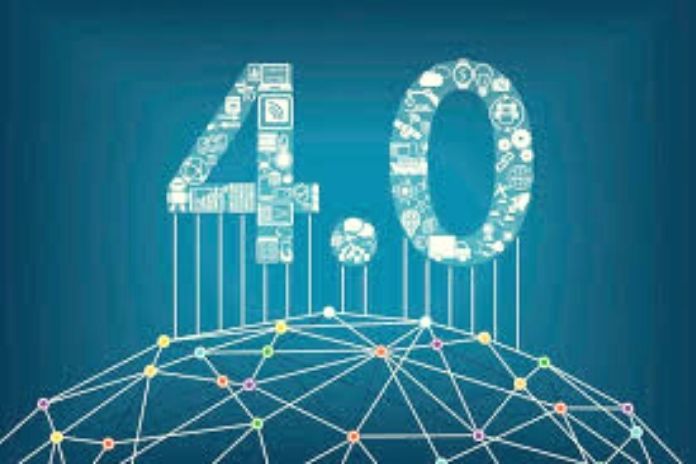The industry is the sector that has always provided an essential contribution to the advancement of progress, developing increasingly advanced technologies to automate and optimize the production process. Although industries have been using digital technologies for several years to improve their processes, the use during all stages of production of sensors connected to machines, tools, and computers ( Internet of Things ), the collection of related data ( Big Data ), and their analysis through the use of AI ( Artificial Intelligence ) are not yet widespread.
What Is Industry 4.0, And What Technologies Is It Based On?
Industry 4.0 refers precisely to the set of strategies that can be implemented to support the industry so that this further technological step can also be undertaken. At an industrial level, as in the private sector, the use of sensors connected to the network has rapidly increased, thanks to technological progress in the electronic field that has made these devices increasingly effective and economical.
The collection of the large amount of data produced by the sensors and the entire production process was also made possible by reducing storage costs and, above all, by the advent of clouds. The use of clouds has made it possible to concentrate all the data of an industry in a single virtual archive, even if collected from geographically very distant sites. The advanced analysis of these data is perhaps the aspect of Industry 4.0, on which there is still a lot to do.
What Are The Role Of Artificial Intelligence And Machine Learning In Industry 4.0?
Making people understand the importance of investing in AI or Machine Learning algorithms is not as easy as proposing new electronic or IT tools. Furthermore, an end-to-end vision of the entire industrial process is required, which is usually difficult to find in a single professional figure.
For this reason, today we talk about “data science” that is a discipline entirely dedicated to the analysis of Big Data and “data scientists” to identify those professionals who, analyzing all available data, also using AI and Machine Learning tools, highlight problems, provide possible solutions and propose optimizations. By making good use of data, AI and Machine Learning algorithms can also predict how some aspects of industrial production could evolve, guide the choices to be made and sometimes automate some interventions.
A Concrete Example Of The Application Of Industry 4.0 With Big Data, IoT, And AI
Let’s consider the specific case of one of our partners who has decided to believe in Industry 4.0 fully. The production of industrial machinery represents its business. Within this company, the production process of these machines has already been highly computerized and is quite close to the objectives that Industry 4.0 sets itself.
But the fact of believing in the benefits of innovation pushed them to undertake a path that is somehow considered “futuristic” in that particular industrial sector: not only does the production process of the machinery have to be compliant with Industry 4.0, but in parallel, even the machinery itself had to provide technologies that could bring the benefits of industry 4.0 to their customers. It was, therefore, decided that not only customers would be sold one machine, but their entire vision of industrial production would be conveyed.
This process began by equipping the machines they produced with an ever-increasing number of sensors and increasingly technologically advanced: from temperature sensors, pressure sensors, etc., to barcode readers, up to video cameras for identifying defects. The machines were then set up with “onboard” computers (installed on the machine) that collect the data produced by the sensors, process them, and feed real-time systems for monitoring, diagnostics, and alarms. The data collected by the sensors are also sent to a dedicated cloud system.
From Sensors To The Cloud, We Are Passing From Big Data
The data of a machine converges on the cloud system and the data of other machines of the same production line of the specific customer and different locations if the customer has any. The amount of data collected is enormous: think that most of the sensors used in the industry provide measurements at intervals smaller than the second. These Big Data are then processed with tools that, if necessary, transform them (for example, normalizing the measurements of different machines so that they can be compared) and enrich them (for example, by integrating information from management systems).
Finally, statistical and analysis functions are applied to the data to obtain efficiency and productivity indicators, which can be viewed intuitively through graphs and dashboards. Work is already being done to apply AI algorithms to data to determine how to use a machine to optimize its use and achieve maximum efficiency. The challenge in the immediate future will be to use Machine Learning data and methodologies to obtain machines that “learn” to set their production parameters to improve their efficiency or prevent breakdowns.
Also Read: Industry 4.0: What It Is, How To Do It

